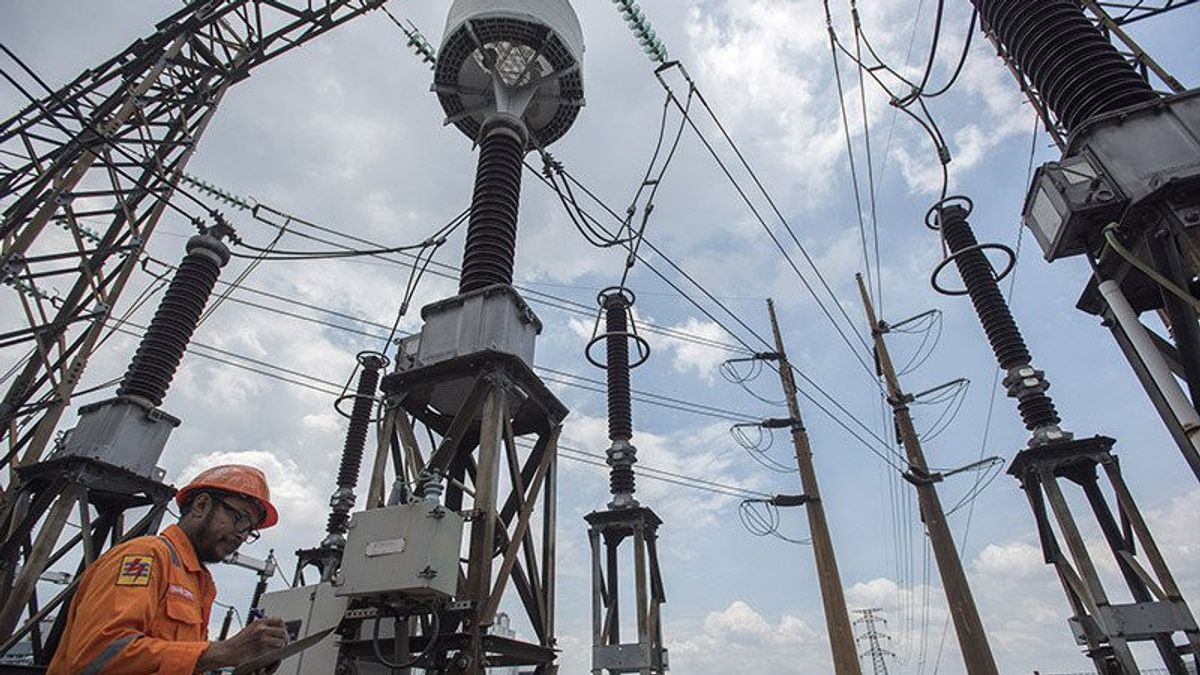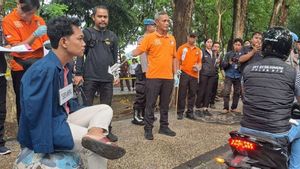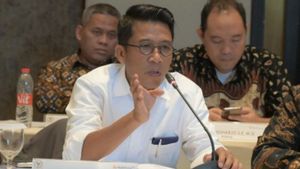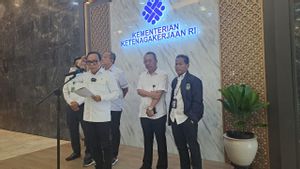JAKARTA - Director General of Electricity at the Ministry of Energy and Mineral Resources (ESDM) Jisman Hutajulu revealed that the government has a very strong commitment to reducing greenhouse gas (GHG) emissions, as evidenced in the Enhanced Nationally Determined Contribution (E-NDC) document where in 2030.
"The target for reducing the energy sector's GRK emissions by 2030 is 358 million tons of CO2 with their own capabilities and 446 million tons of CO2 with international assistance from the business as usual scenario," Jisman explained to the media quoted on Friday, March 24.
To realize the commitment to reduce GRK emissions, Jisman said that the Ministry of Energy and Mineral Resources has collaborated with other Ministries and Institutions, as well as relevant stakeholders to carry out modeling to produce an energy transition roadmap, which contains targets and milestones that Indonesia will pursue in terms of supply and energy demand to go to Net Zero Emission by 2060 or sooner.
"Based on the roadmap, the GHG emissions in the energy sector are projected to decrease by 93 percent from the business as usual scenario, where the remaining emissions produced are 129.4 million tons of CO2 in 2060," added Jisman.
For this reason, continued Jisman, several strategies are needed to accelerate the emission of the energy sector GHG. First, accelerate the construction of New Renewable Energy (EBT) and interconnection-based power plants through superlattices.
"In the energy transition roadmap, Indonesia's projected electricity demand in 2060 will reach 1,942 Tera Watt Hours (TWh) and electricity consumption per capita of 5,862 KWh. This electricity will be produced 100 percent of the EBT with a total capacity of around 708 Giga Watt (GW) in 2060," explained Jisman.
The next strategy is by moratorium on Steam Power Plants (PLTU) and early retirement of existing PLTUs. Then, apply the principles of massive energy efficiency.
The fourth strategy is to encourage the use of electric vehicles and induction stoves en masse. Finally, by developing a smart grid to overcome intermittency in variable renewable energy.
However, continued Jisman, reducing GRK in the energy sector is not an easy matter, because there are many challenges faced, such as infrastructure project funding, expansion of decarbonization, technology development, to capacity development from human resources., especially in the electricity sector," concluded Jisman.
The English, Chinese, Japanese, Arabic, and French versions are automatically generated by the AI. So there may still be inaccuracies in translating, please always see Indonesian as our main language. (system supported by DigitalSiber.id)








